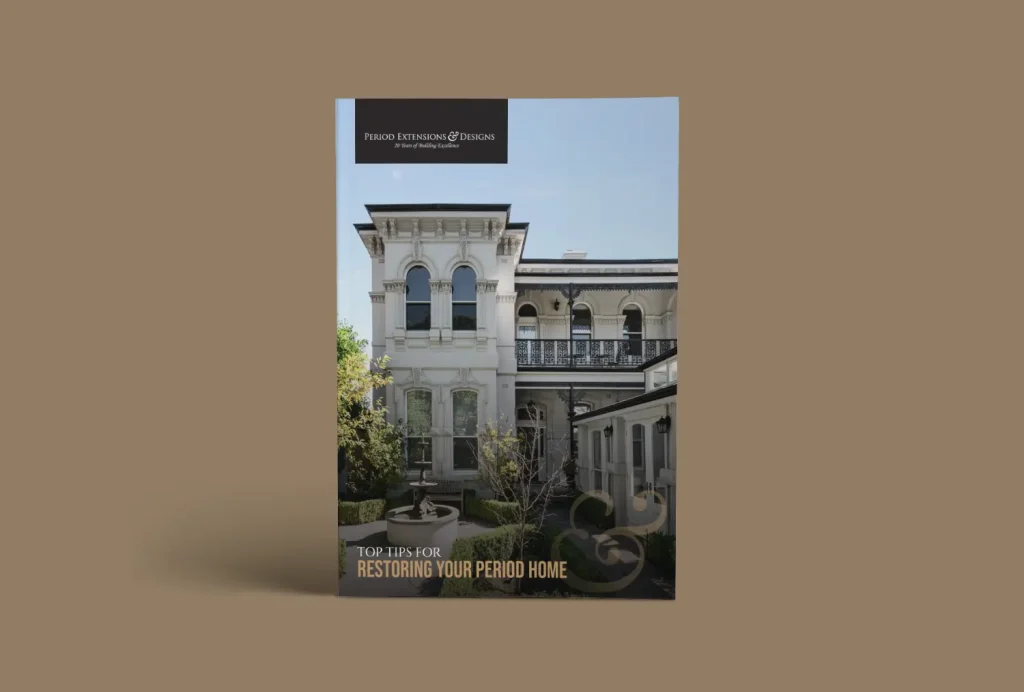Period homes have an intriguing allure to them. From the outside, it is almost as though you are looking back into history. When you step inside, however, you will likely find all the modern facilities you’d get in a contemporary property. This delicate balance between the historical and the current has fascinated many of us for a long time. But, as always, there’s probably a little more to these properties than meets the eye.
Do period properties appeal to you? Before renovating a property to period standards, it makes sense to learn a little bit about the history of the trade. What are period homes? What period home styles are currently popular with the broader market? What styles and looks appeal to Australian homeowners the most?
In this guide, we will take a brief look at what you can expect from period homes, and why we think they’re just as attractive and as empowering now as they have ever been.
Are you thinking about renovating or buying a period home? Unsure where to start, or what to expect? Let’s take a closer look at the history, popular styles and how to get started.
A Brief History
It’s time for a period property history lesson. When architects and home developers talk about period homes, they are mainly referring to properties inspired by various historical eras, some going back centuries.
To understand some of the history surrounding period property, we have to look at some of the specific styles which are being mimicked to this day. What can you expect, for example, from a property designed after the Art Deco movement?
Australian period home design is greatly influenced by English and American history, as you’ll see. That is no bad thing. If anything, some of the most romantic and striking aesthetics arose from centuries of British and US architecture. Let’s take a look at some of Australia’s most common period home pursuits.
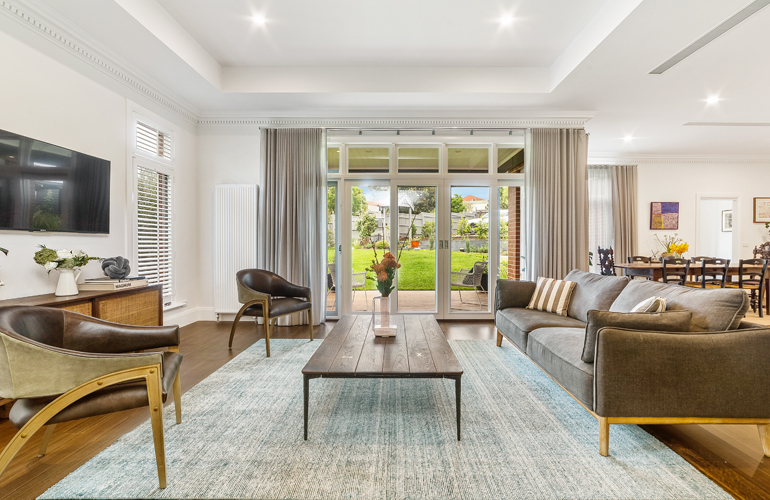
Georgian and Regency (Pre 1840)
Regency and Georgian period homes are among the oldest in Australia. Inspired by classical architecture and Italian style, these homes are notable for their absolute symmetry. There is simple elegance to a house of this period. Regency properties are perhaps a little more outlandish than their Georgian peers. However, these properties are generally noted for being very straightforward with multi-paned windows to the front.
Victorian Era (1840 – 1875)
Homes in Australia copying Victorian building standards can be split into two categories. Homes in this first period focus more on the Gothic. Gothic buildings are steeply pointed and symmetrical, often with lancet windows and intricate facades. Iron plays a big part in these buildings, too, both in the roofing and in the façades.
Victorian Era (1875 – 1895)
Other Australian period homes copy the late Victorian era. These homes are much more lavish and can be very exaggerated in terms of decoration. Cast iron is still very much a feature here. However, intensive brickwork, mosaic patterns and showy styles are all likely to stand out more. Ornamental flourishes are always key here.
Art Nouveau (1895 – 1915)
Heading into the early 20th century, art nouveau homes are easily spotted across Australia to this day. While these home designs are often stylised, they have an organic feel to them. Asymmetrical lines are used in façade design, and the natural world is commonly an inspiration.
Federation Edwardian (1900 – 1915)
Australian homes aping the Federation Edwardian style are also known as ‘pre-war’ looks. These homes are often built from red brick and are seen as contemporary twists on the old Edwardian standards set around 1900-1910. Corrugated iron is again a feature, as is a mix of orange creativity and art nouveau simplicity.
Californian Bungalow (1920 – 1930)
These homes are based on the cheaper, post-war American homes that popped up after 1918. They were quick and affordable to build. Therefore, there’s a humble simplicity which is extremely attractive to many period homeowners. Low pitched roofing, thick columns, and your simple brick and stone all went into these designs. Big, brassy, and straightforward.
Art Deco (1930 – 1950)
The Art Deco movement was massively influential in all sorts of ways. There are even plenty of Australian homes still taking on the classic style. Geometric styles, decorative flourishes and a focus on ‘solid’ aesthetics are relatively common to this period. Art Deco homes are obvious for their streamlined appearances, big, solid constructions and often imposing looks. Strong lines and geometric shapes, as always, are significant indicators of an Art Deco home.
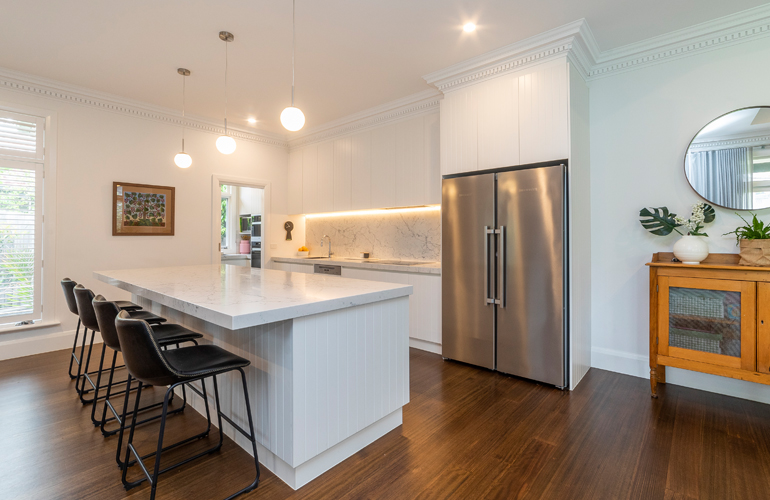
Let’s Head Inside
Now that we know a little bit more about period homes in Australia, it’s time to look at what goes on inside these properties. It goes without saying that many modern living standards are to be expected. Some people prefer to develop from historical buildings rather than to build from scratch, however. It is entirely your choice.
Buying and modernising a period property is a serious business. It is not merely a case of purchasing or setting up a home with a pretty exterior. It is a serious investment! Whether you are building a mimic of a time period or are expanding upon an existing home, you’re going to need to be well-prepared. Here are a few key points we feel all period home builders should bear in mind.
Always Insulate
It’s a good idea to keep warm. If you are buying genuine period property, you’re going to need to insulate. Old-style homes and those dating back decades will likely need to be upgraded. Therefore, you’re going to need to consider how much money to invest in insulating your inner walls with dry lining. Alternatively, you could work to apply external insulation and weatherproof as you go. Modern glazing is also recommended.
Generally, interior insulation may not work as well as exterior coverage. Therefore, it is worth considering your needs and, of course, your budget. You could, of course, consider a fireplace!
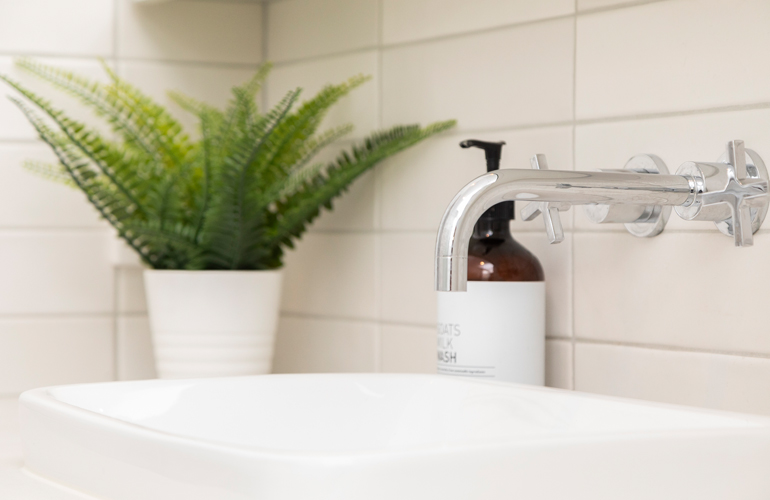
Work with a Specialist Team
While plenty of architects and building experts will be happy to support you as much as possible, you will always get the best possible insight into how to develop a modern home with period aesthetics. There is a certain balance to getting modern living acquainted with a period look. You’re going to need to think carefully about the mod cons you’ll need and the period touches you’ll want to run alongside.
Why not discuss your ideal design with a specialist period architect or designer? You’ll be able to work out a practical design that looks the part. While it’s tempting to go all-out with period style, certain features and functions won’t translate to the modern age. You can, however, capture as much style from your favourite era as possible.
Upgrade, Upgrade, Upgrade
As with the above, there are going to be a few period facilities and fittings which simply won’t cut it. For example, genuine period property with old drainage will need upgrading. Living in a historic property doesn’t mean you have to put up with its historical standards!
We’re also massively dependent on electricity and technology. Therefore, you will have to consider how to best shape a period property into a technological powerhouse. You can easily set up a smart home from period ideals. You should also think about modernising flooring, windows and more. While period windows may look pretty, they also need to be efficient insulators.
Thinking About Budgets
There are no two ways about it. Setting up and/or modernising a period property is going to be a serious investment of time and money. In our sister guide, we have already looked at some of the essentials you’ll need to take into account with restoration.
With period home planning, you’re going to need to think even more about potential costs. Modernising may not come cheap. It’s a good idea to get a design down and in place with a surveyor and/or architect so you can start to crunch the numbers. It’s best, generally, to do this as early on as possible.
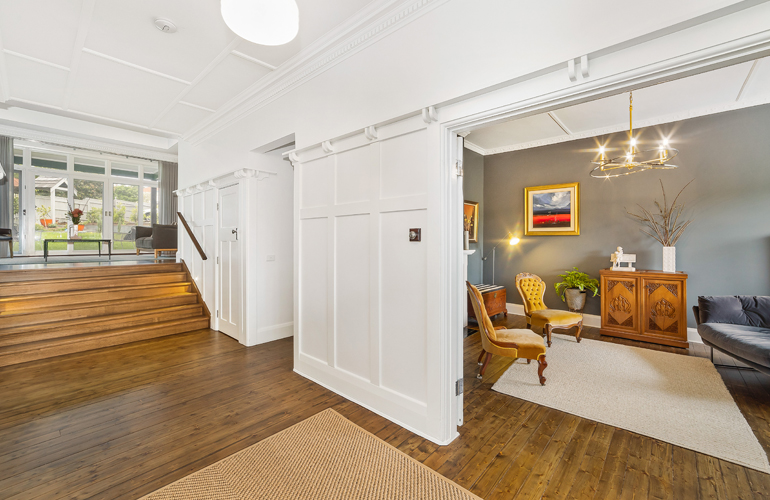
Your Period Home
Period homes are beautiful, mystifying and enjoyable to live in. Keeping a historical look and theme running inside and out can be tricky, but rewarding. Understanding the basics of how a period property looks, however, is just the start.
With the help of a specialist period home architect and design teams, you’ll be able to bring a stunning piece of history into the modern age. Even better, it will be one you can live in and show off to family and friends.
Ever thought about living in your period home to suit your modern lifestyle? If you’re considering developing, extending or renovating a period style property, our experts here at Period Extensions & Designs can help. Call our team directly on 03 9882 5255 for more information.
Book A Free Consultation Today
One of our experienced designers will contact you to discuss your renovation or extension.

